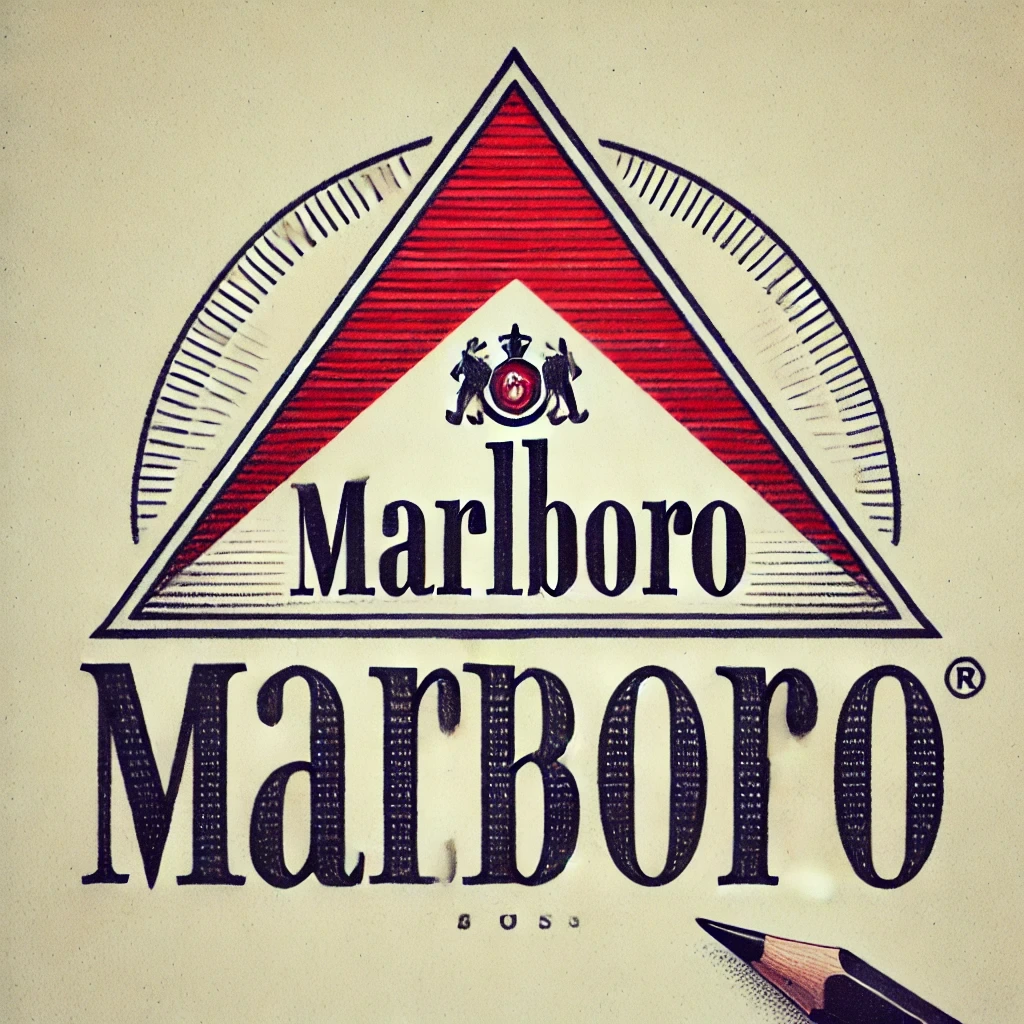
Marlboro is not just a cigarette brand.
It’s one of the most legendary examples of brand transformation through advertising.
Originally marketed as a filtered cigarette for women, Marlboro became a global symbol of toughness and masculinity.
Let’s explore how Marlboro pulled off one of the boldest image shifts in marketing history — across five key chapters.
CHAPTER 1: The Beginning as a Women's Cigarette (1924–1950s)
"Marlboro wasn’t always for men."
In 1924, Philip Morris launched Marlboro as a premium filtered cigarette for women.
Their early positioning focused on elegance and softness.
- Slogan: “Mild as May”
- White filter with a red band to hide lipstick stains
- Ads emphasized “graceful smoking” for female consumers
Despite this effort, sales were poor, and filter cigarettes were not well-received at the time.
“Marlboro was a brand that barely registered in the market.”
CHAPTER 2: A Radical Image Shift – The Birth of the Marlboro Man (1954)
“Marlboro changed its destiny with advertising.”
By the 1950s, public concern over smoking and health grew, and filter cigarettes started gaining attention.
Philip Morris seized the moment with a daring repositioning:
- Transformed Marlboro into a masculine brand
- Introduced the iconic "Marlboro Man" campaign
- Featured rugged figures: cowboys, soldiers, construction workers
- New slogan: “Come to where the flavor is. Come to Marlboro Country.”
The Marlboro Man quickly became a cultural symbol of freedom, toughness, and independence.
“It was more than advertising—it was a cultural code.”
CHAPTER 3: From a Cigarette to a Lifestyle (1960s–1980s)
“Marlboro became a way of life.”
Marlboro expanded globally, backed by a consistent brand image and marketing message.
- Global use of the Marlboro Man campaign
- Unified packaging: Red and white with the bold “V”
- Heavy sponsorships: Formula 1, rodeo, and extreme sports
The F1 sponsorship, in particular, attracted young male audiences,
and Marlboro became more than a product—it became a lifestyle.
“They didn’t sell cigarettes. They sold an image.”
CHAPTER 4: The End of an Era – Regulations Hit (1990s Onward)
“The golden age didn’t last. The world began to change.”
Starting in the 1990s, governments worldwide implemented strict anti-smoking laws.
This dismantled Marlboro’s primary marketing strategies.
- Ads banned from TV, radio, and sports in many regions
- The Marlboro Man campaign was gradually phased out
- Cigarette packaging required to include health warnings
While the brand remained strong, the ability to tell its story through media was lost.
“The brand survived, but the storytelling stopped.”
CHAPTER 5: Survival as an Iconic Brand (Present Day)
“Marlboro no longer sells cigarettes—they sell identity.”
Faced with restrictions, Marlboro shifted to survival mode:
- Premium packaging and limited edition series
- Loyalty programs and community building around the brand
- Diversification into heat-not-burn devices like IQOS (in selected regions)
Ironically, the lack of advertising made the brand more mysterious and elite.
“Marlboro no longer explains itself—it just is.”
Conclusion: Why Did Marlboro Become a Legend?
- Successfully repositioned to a completely new target
- Built an iconic brand identity through the Marlboro Man
- Maintained global consistency in marketing and design
- Survived regulation with unshakable brand power
“What’s Marlboro’s next chapter?”
A brand without ads?
Nicotine-free future products?
One thing is certain:
Marlboro isn’t just a cigarette. It’s a chapter in the history of brand marketing itself.